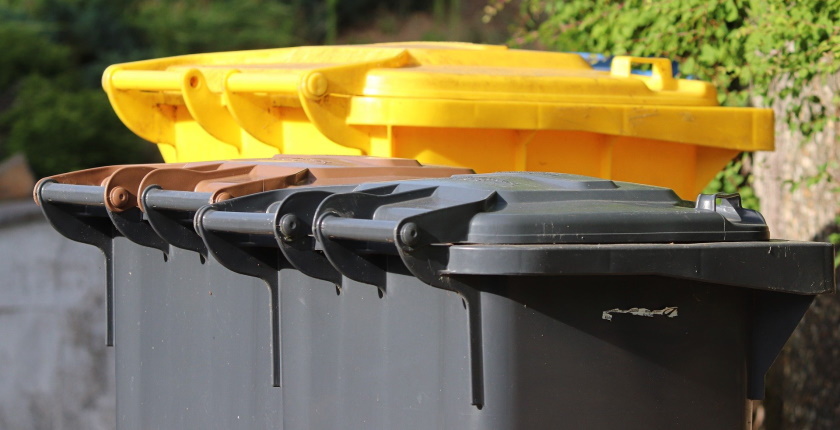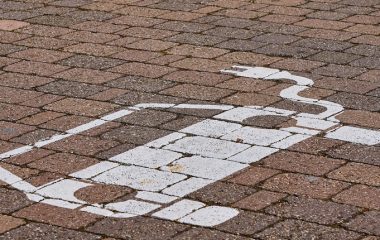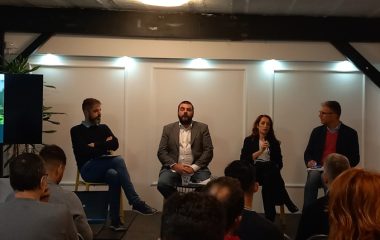
Photo: Manfred Richter from Pixabay
In 2021, Croatia increased waste separation, its recycling rate, and the separate collection of biowaste from municipal waste, while reducing the disposal of municipal waste. The country continued to make progress in almost all important sectors of waste management, but it was not enough to achieve the set goals.
Data from the report on municipal waste for 2021 in Croatia, published by the Ministry of Economy and Sustainable Development, clearly demonstrated that establishing a functional waste management system is a long-term process.
Waste separation: growth from 28% to 43% in five years
The report shows the number of municipal units with separate waste collection increased from 457 to 519 from 2017 to 2021, so only 37 aren’t in the system yet.
The share of waste separation grew from 28% to 43% in the same period. The rate rose two percentage points from 2020.
The report highlights investments in infrastructure such as bins for households, vehicles and sorting facilities and the rise in the number of active recycling yards from 186 to 201.
It also points to the activities aimed at raising citizens’ awareness.
Municipal waste disposal and recycling: goals are still unattainable
The share of disposed municipal waste in 2021 was 58% compared to 60% for 2020. However, the goal was to dispose of less than 25%.
The positive trend continued, as the annual volume dropped by 36% since 2010.
The recycling rate in 2021 was 31% which, according to the report, confirms an upward trend. It came in two points higher than in 2020. The goal for last year was to reach 50%.
Separate collection of biowaste: 144% growth in ten years
Croatia achieved a 25% rate of separate collection of biowaste or one percentage point more than in 2020. However, the goal for 2022 is 40%.
Ten years ago the rate was at 9.5%, compared to 13% five years later. The amount of municipal biowaste has slightly decreased in the last ten years, while the volume of separately collected biowaste has increased from around 50,000 to 122,000 tonnes.
Biowaste is separated and collected in 215 municipal units or 23 more than in 2020.
According to the report, the ministry has invested more than EUR 7.1 million in educational and informational activities over the past five years while EUR 160 million has been allocated for infrastructure.


















Be the first one to comment on this article.